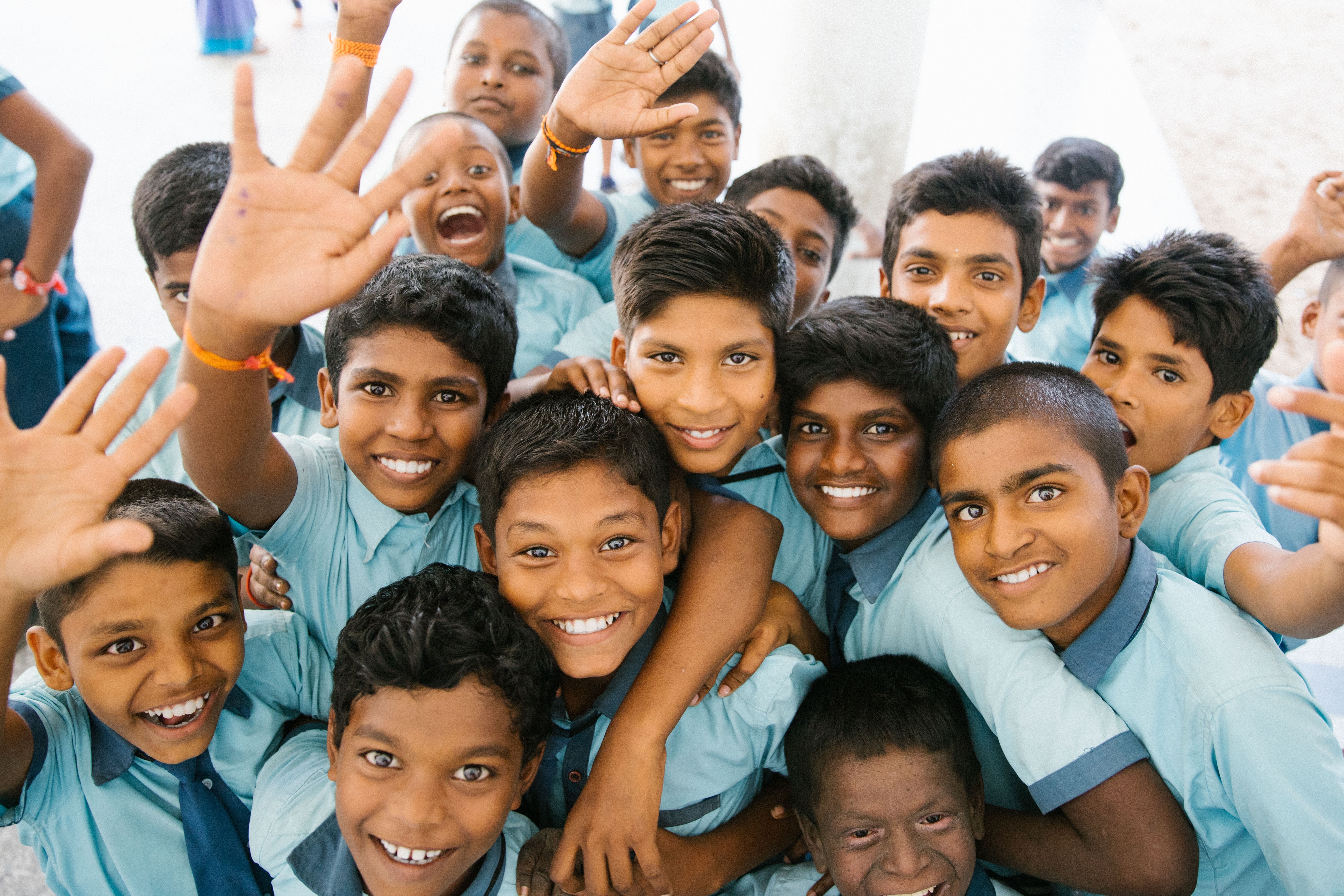Identifying Language

Language is an identification for different cultures, as it is essential for communication. It influences the political, social, and economic.
As a result, the economic and religious system frequently follows patterns of language and distributions. And also political borders quite often parallel linguistic boundaries.
In the Modern Age, linguistic diffusion is influenced by trade, tourism, media, and international organization. This developed linguistic pluralism. Heterogeneous societies attribute the greatest linguistic diversity.
Language families
The classification by languages origins and historic development is known as a genetic classification. The languages which are the descendants of common ancestral language are called Proto-Language.
G.L. Trage classified the world into 7 linguistic phylum and 30 linguistic families. Language families are further classified into several subfamilies.
Major Language families and language groups
1.Indo-European
The Indo-European language family is the most widely spoken language group in the world, encompassing languages used by approximately half the global population. Originating from a hypothetical Proto-Indo-European language spoken more than 5,000 years ago, likely in the steppe regions north of the Black Sea, these languages spread across Europe, the Americas, and parts of Asia.
Key Characteristics
- Descended from a single unrecorded language believed to have been spoken around 3000 BCE
- Carried by migrating tribes to Europe and Asia
- Discovered and proposed as a language family by Sir William Jones in 1786
Major Indo-European
Indo-Iranian, Latin, Romantic, Germanic, Balto-Slavic, Celtic, Hellenic
2. Sino-Tibetan
The Sino-Tibetan language family is one of the world’s largest and most diverse language groups, encompassing over 400 languages spoken by approximately 1.4 billion people across China, India, Burma, and Nepal.
Origin and Characteristics
Phylogenetic research suggests the language family originated around 7,200 years ago in North China, linked to Neolithic millet-farming cultures of the Cishan and Yangshao periods. The family is renowned for its linguistic diversity, ranging from isolating languages like Chinese and Burmese to more complex polysynthetic languages.
Major Branches
The family traditionally divides into four primary branches:
- Sinitic (Chinese languages): Including Mandarin, Wu, Yue, and other Chinese dialects
- Tibetic: Approximately 40 languages spoken in Tibet, western China, Bhutan, and Nepal
- Burmese: Languages spoken in Burma and southwestern China
- Karen: A smaller group of languages in southern Burma and western Thailand
Linguistic Significance
While the higher-level structure remains unclear, the Sino-Tibetan family represents a crucial linguistic group in understanding the prehistoric human migrations and cultural developments of East Asia. Its complexity continues to challenge linguists in fully reconstructing its proto-language and intricate evolutionary pathways.The language family’s expansion likely involved an initial separation between Eastern (Chinese) and Western language groups, spreading across a vast geographic region.
Afro-Asiatic
Semitic, Egyptian, Cushitic, Chadic
African
Niger-Congo (Atlantic, Voltaic, Benu-Nagar), Sudanic (Chari-Nile, Saharan), Click Languages (Khoisan)
Ural-Altaic
Finno-Igric, Turkic, Mangolic, Tunguzic
Dravidian
Malayo, Polynesian, Malayan, Melanesian, Micronesian, Polynesian, Austro-Asiatic
Palaeo Asiatic
Yukaghir
Major languages in India
It has its own language and dialects. As per the 1961 census of India, it is estimated to have 187 languages. About 97% of people of India speak 23 major languages excluding English.
India follows Kashmiri, Punjabi, Hindi, Urdu, Bengali, Assamese, Gujarati, Marathi, Kannada, Tamil, Telugu, Malayalam, Sindhi, Sanskrit, Oriya, Nepali, Kongani, Manipuri, Bodo, Dogri, Maithili, and Santali.
Austric
Munda, Mon-Khmer
Dravidian
Tamil, Telugu, Kannada, Malayalam, Gondi, Kurukh, Orean etc
Sino-Tibetan
Bodo, Karen, Manipuri
Indo-Aryan
Hindi, Urdu, Sans